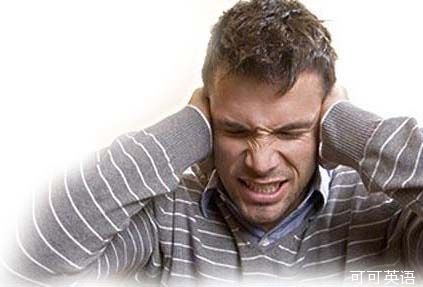
On airplanes, cabin pressure changes during takeoff and landing to help passengers breathe easy at high altitudes. These changes in air pressure may make adults' ears feel a little funny, prompting a few yawns to equalize the pressure. But for babies, kids, or anyone with a head cold, why are air pressure changes such a pain?











